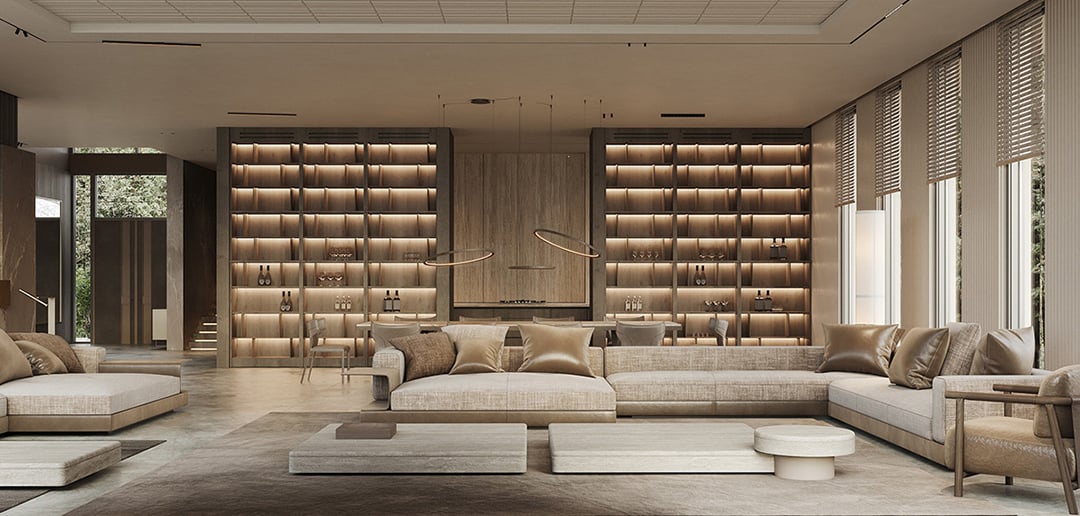Millwork and cabinetry design have always been more than just creating functional storage solutions; they represents a legacy of artistry, craftsmanship, and personal expression.
From its historical roots in grand architectural designs to its evolution in modern luxury homes, millwork and cabinetry remain defining features of elegance and individuality.
This article explores the fascinating journey of millwork and cabinetry design and the trends shaping its future.
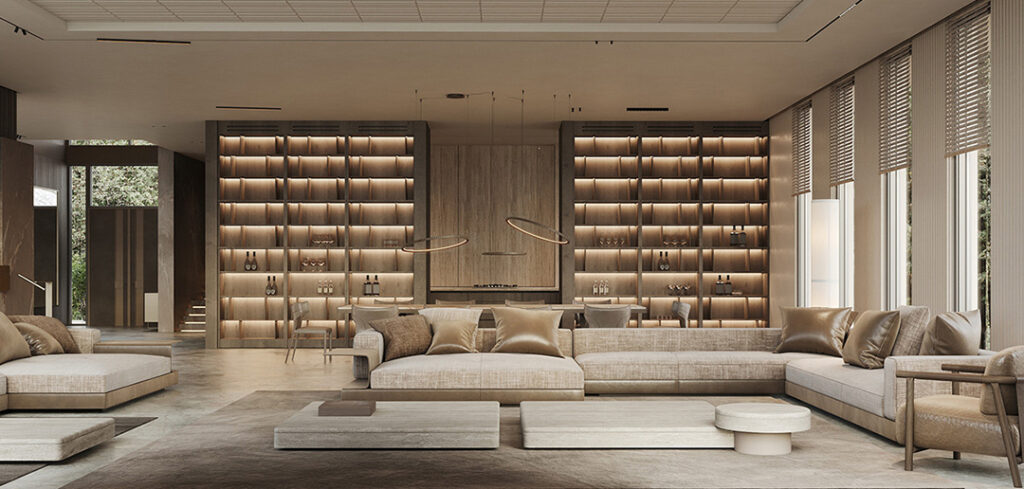
The Origins of Millwork and Cabinetry Design
Millwork and cabinetry, rooted in traditional craftsmanship, gained prominence as both functional and decorative elements in architecture. The early artisans focused on creating custom pieces that reflected the architectural style, purpose, and personal preferences of their patrons.
16th-17th Century: The Renaissance era saw millwork flourish in palaces and estates. Skilled craftsmen used materials like oak and walnut, adorning cabinetry with intricate carvings, moldings, and detailed paneling. These custom designs were tailored to specific interiors, emphasizing grandeur and exclusivity.
18th Century: The Baroque and Rococo periods introduced ornate cabinetry designs that combined beauty with functionality.
Designers like Thomas Chippendale pioneered innovative styles, allowing patrons to personalize dimensions, finishes, and decorative details, ensuring that every piece was unique.
19th-20th Century: The Industrial Revolution ushered in mass production, making cabinetry more accessible.
However, bespoke millwork and cabinetry persisted as hallmarks of luxury for clients who valued craftsmanship and quality over standardization.
The Evolution of Millwork and Cabinetry in Modern Times
In the 21st century, millwork and cabinetry design have experienced a renaissance.
As homeowners seek custom solutions that reflect their personal style and meet functional requirements, bespoke designs have become increasingly popular.
Key Trends in Modern Millwork and Cabinetry Design:
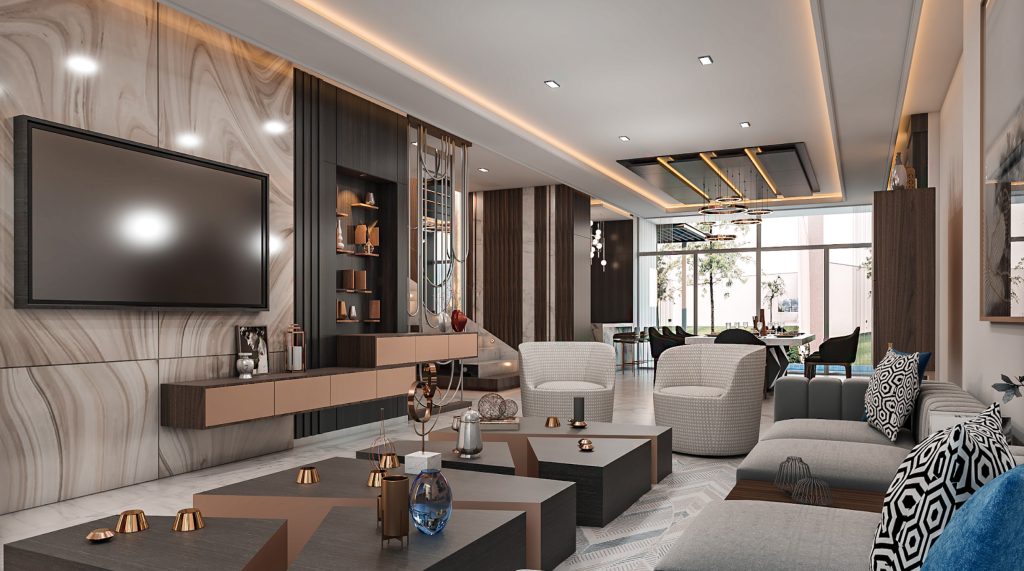
The History and Future of Millwork and Cabinetry Design
Modern millwork and cabinetry prioritize functionality tailored to the client’s lifestyle. From kitchen cabinets with hidden storage solutions to built-in millwork that optimizes space, customization ensures each piece serves a purpose while complementing the home’s design.

The History and Future of Millwork and Cabinetry Design
While traditional materials like hardwood and marble remain staples, contemporary designers are exploring sustainable alternatives. Reclaimed wood, bamboo, and eco-friendly composites are gaining traction, combining environmental responsibility with luxury.
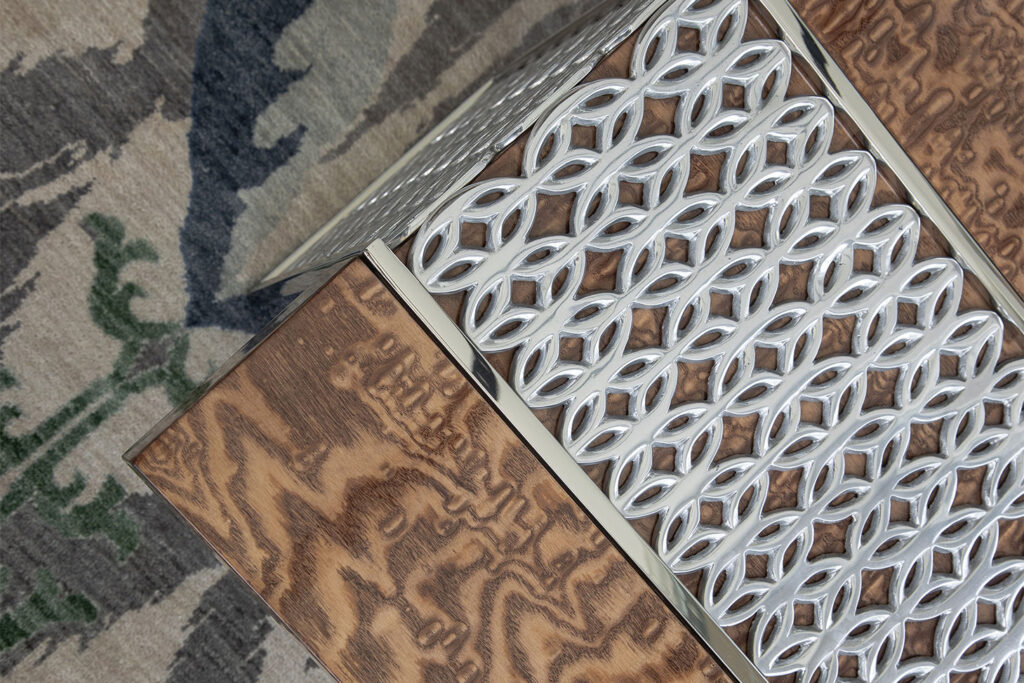
The History and Future of Millwork and Cabinetry Design
Today’s millwork and cabinetry often double as art pieces. Intricate detailing, bold finishes, and creative inlays make these designs focal points in modern interiors. Integration with Technology.
Advanced technology is seamlessly incorporated into millwork and cabinetry. Features like soft-close mechanisms, motorized drawers, and built-in smart systems enhance convenience and functionality without compromising on aesthetics.
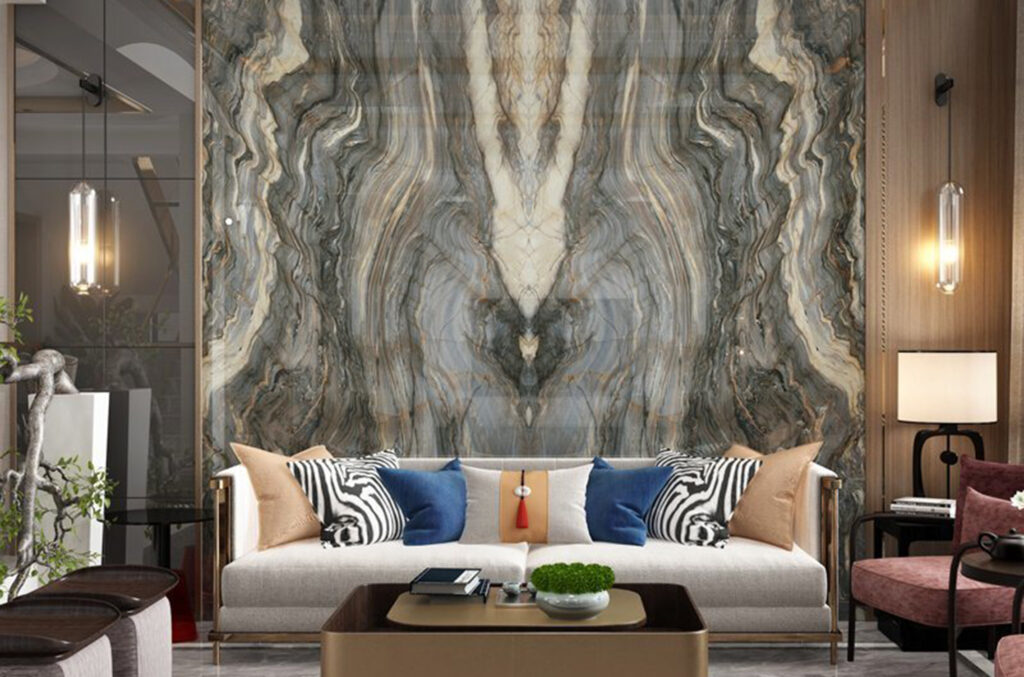
Art Boulle: Redefining Millwork and Cabinetry Design
A leader in bespoke millwork and cabinetry design, Art Boulle is renowned for its exceptional craftsmanship and timeless creations. Blending art and function, Art Boulle produces statement pieces that elevate luxury homes.
Their dedication to quality and attention to detail ensure every piece reflects the client’s vision, whether it’s a stunning kitchen, custom-built cabinetry, or architectural millwork.
At Art Boulle, the design process is collaborative, working closely with clients to create millwork and cabinetry that harmonize with their personal style and the home’s architecture. By using premium materials like rare woods, marble, and metal accents, Art Boulle sets the benchmark for bespoke luxury in millwork and cabinetry.
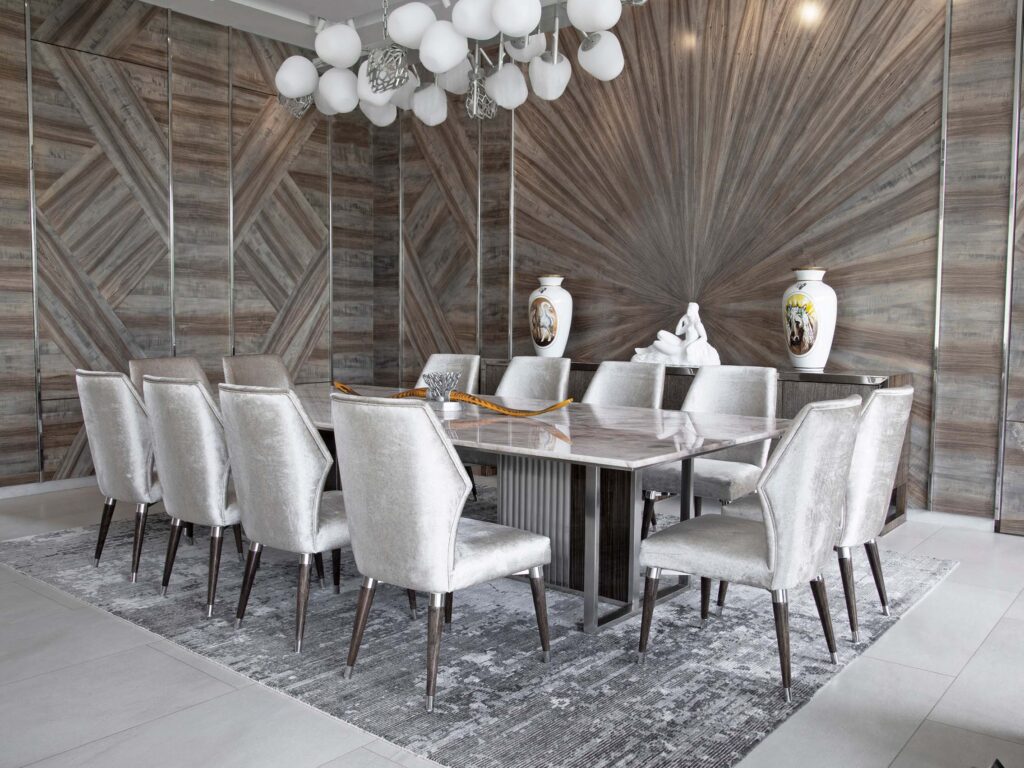
The Future of Millwork and Cabinetry Design
As design preferences evolve, the future of millwork and cabinetry promises even greater innovation and customization. Here are the trends shaping the next chapter of this craft:
The History and Future of Millwork and Cabinetry Design
With a growing focus on environmentally conscious choices, clients are prioritizing sustainable materials and energy-efficient production methods. Millwork and cabinetry makers are responding by embracing eco-friendly designs that blend sustainability with luxury.
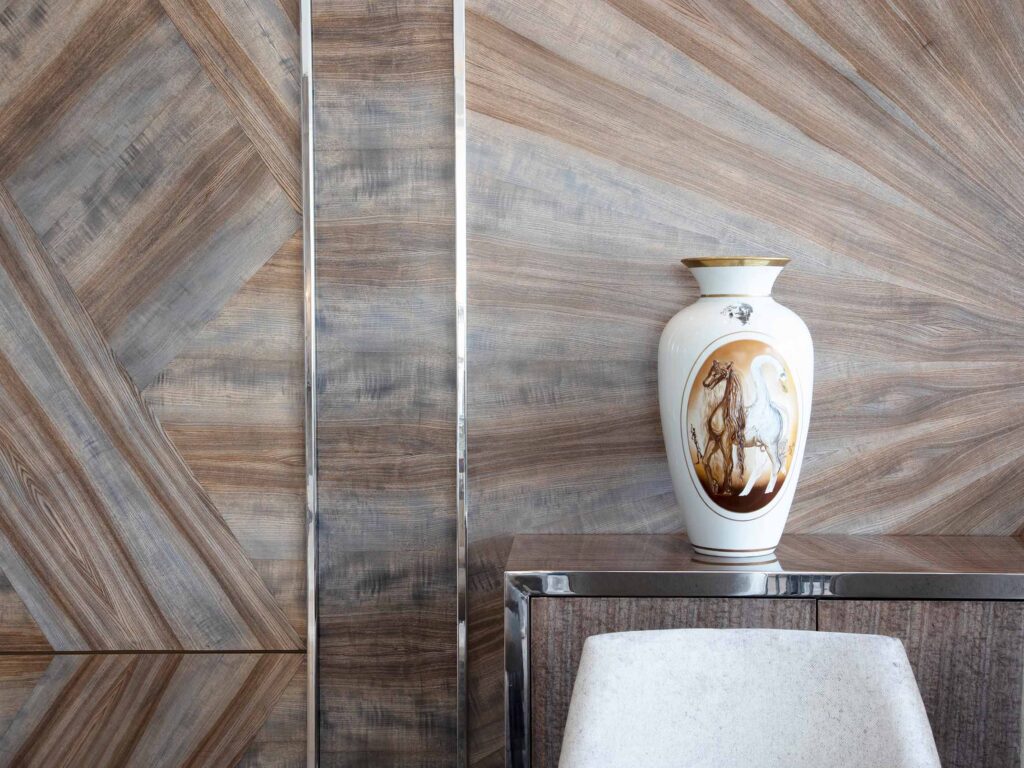
The History and Future of Millwork and Cabinetry Design
Virtual reality and 3D modeling are transforming the design process, enabling clients to visualize custom millwork and cabinetry before production begins. This ensures alignment with their expectations down to the finest detail.
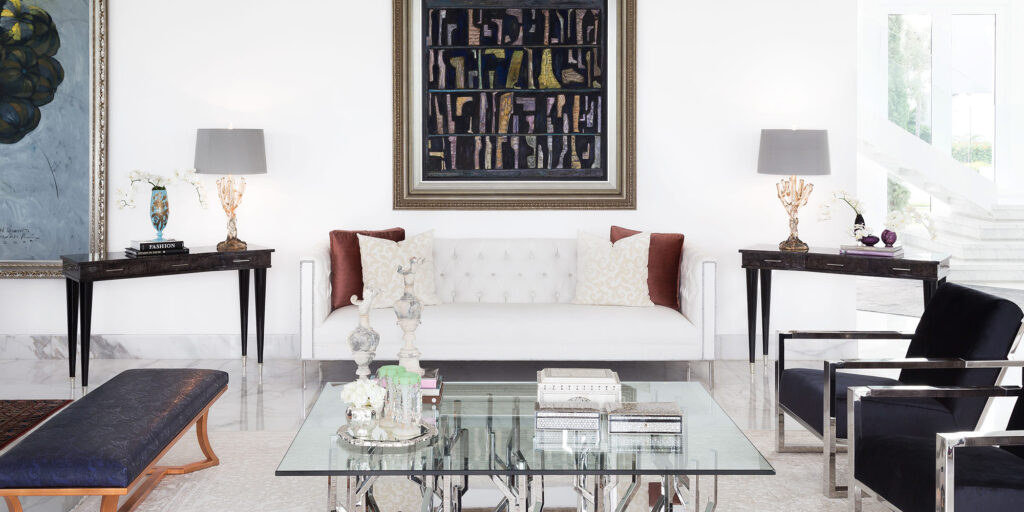
The History and Future of Millwork and Cabinetry Design
The global exchange of design trends has allowed millwork artisans to incorporate diverse influences while preserving local craftsmanship traditions, ensuring authenticity and uniqueness.
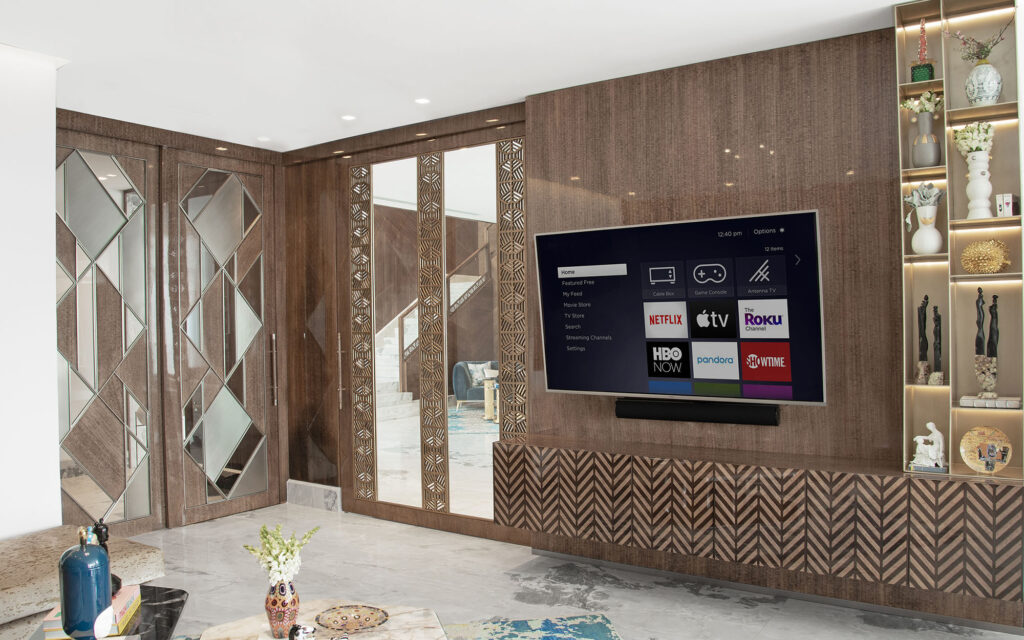
The History and Future of Millwork and Cabinetry Design
The minimalist aesthetic continues to grow in popularity. Bespoke millwork and cabinetry adapt to this trend by combining sleek designs with luxurious materials and precise craftsmanship.
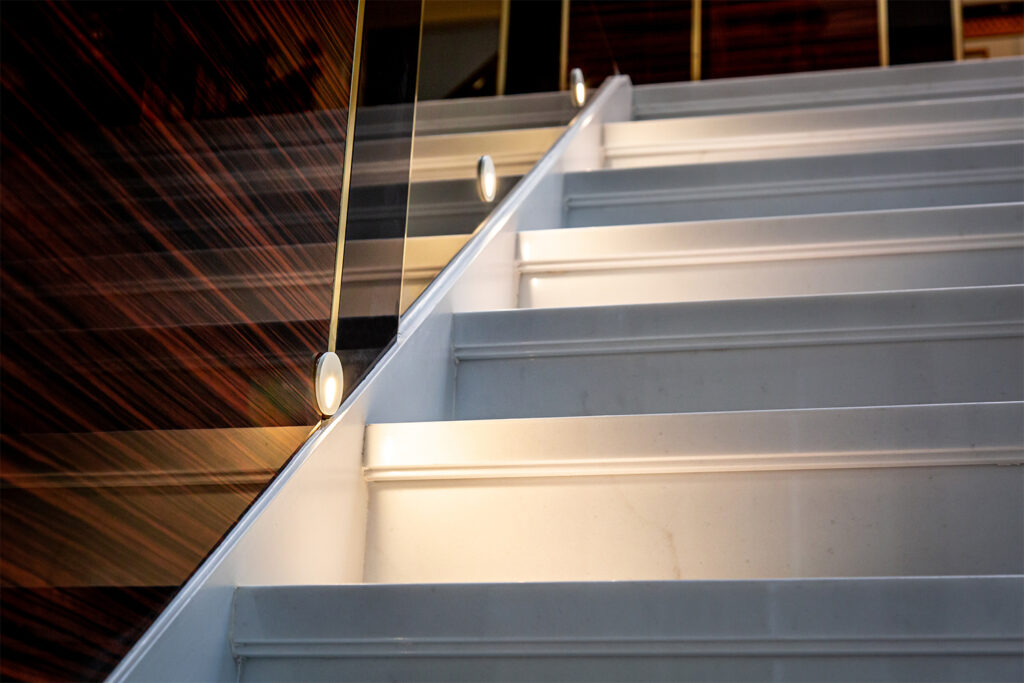
The History and Future of Millwork and Cabinetry Design
The future of millwork and cabinetry design lies in balancing traditional craftsmanship with contemporary innovation. This fusion creates heirloom-quality pieces that remain timeless.
Conclusion
Millwork and cabinetry design exemplify the enduring allure of craftsmanship and individuality. From its historical beginnings to its modern innovations, this art form continues to define luxury living.
As brands like Art Boulle lead the way in redefining bespoke millwork and cabinetry, the future looks promising for those who value artistry, quality, and personalization.
Whether through sustainable practices or technological advancements, millwork and cabinetry remain timeless investments in beauty and functionality.

